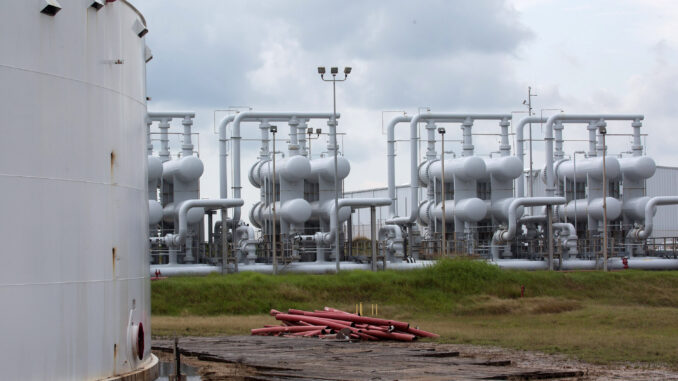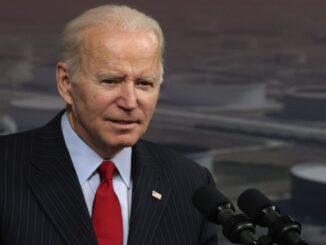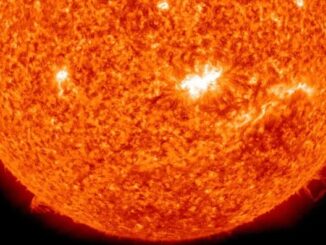
Beginning in November 2021, President Joe Biden’s administration has used the Strategic Petroleum Reserve (SPR) to combat rising gas prices. In March of 2022, the administration announced a new release of 180 million barrels of oil into the supply chain, the most in the reserve’s history. As a result, the total amount of oil in the SPR decreased by more than 20% between November 2021 and July 2022.
A report released by the Treasury Department indicates that the effort did initially impact gas prices.
While the SPR’s main function is to protect the country from oil shortages, past sales of crude oil from the reserve were used to generate revenue for the federal government. These types of sales have increased since 2017.
What is the Strategic Petroleum Reserve?
The Strategic Petroleum Reserve is the world’s largest supply of emergency crude oil, contained in four federally owned sites along the Gulf Coast. It was created in response to the 1973 oil embargo by some members of the Organization of Petroleum Exporting Countries.
The resulting shock of high inflation due to the embargo prompted President Gerald Ford’s administration to create a national petroleum reserve to reduce the impact of disruptions in the supply of petroleum products to the US. The SPR began with the signing of the Energy Policy and Conservation Act in 1975.
At the current storage capacity of more than 700 million barrels, the size of the SPR serves as insurance against any future oil import cutoffs. The SPR also helps the government keep the price of petroleum products stable by distributing crude oil to refineries in the event of temporary shortages. As of 2021, the US imports an estimated 6.11 million barrels of crude oil a day.
Did the release of oil from the SPR help lower gas prices?
The decision to release 180 million barrels of crude oil from the SPR, along with an additional release of 60 million barrels from the International Energy Administration, served as an attempt to address rising energy prices.[1] The Energy Information Administration cited Russia’s invasion of Ukraine as a major cause for the price increases.
A month after Russia invaded Ukraine in February this year, US crude oil prices increased from $89.41 per barrel to $107.07 per barrel in March. Oil prices reached a 14-year high in June at $113.77 per barrel. However, crude oil prices had previously risen at a steady rate after bottoming out early in the COVID-19 pandemic.
Efforts by the Biden administration to release crude oil into international supply chains have helped mitigate the rise in gas prices this year.
Between late March when President Biden ordered the release of SPR oil, to late July when the Treasury analysis was published, gas prices across the US rose approximately 68 cents.
According to an analysis from the Department of the Treasury from July, the release of oil from the SPR helped lower the price of gasoline in the US by an estimated range of 13 to 31 cents per gallon. This report covers the period from March to July of 2022.[2] This means that, without the release of crude oil from the SPR, gasoline prices could be anywhere between 13 to 31 cents higher per gallon.
Crude oil prices are just one factor influencing the price of gasoline. While the release from the SPR primarily affects the price of crude oil, other factors such as taxes, marketing, transportation, and more also contribute to the price of a gallon of gas. Crude oil historically accounts for 40% to 70% of the cost of gasoline.
Sales from the SPR are not limited to US-based companies. Any company registered with the SPR is eligible to make a bid to purchase the crude oil being released. While any company around the world can register with the SPR, most sales go to companies within the US, according to the Department of Energy.
When has the SPR been used and why?
The SPR has four main conditions under which crude oil can be released: emergency drawdowns, crude oil test sales, exchanges agreements, and nonemergency sales.
Emergency drawdowns are the primary function of the SPR. The president may order a release from the SPR in the event of a disruption to US oil supplies. This type of release has occurred three times in the history of the SPR: during Operation Desert Storm in 1991, during Hurricane Katrina in 2005, and most recently in 2011 due to a loss of crude oil from Libya. The 2011 emergency drawback was previously the largest release of crude from the SPR at 30.6 million barrels.
Crude oil test sales are done to check that the SPR and its staff are ready to release oil from the reserve if the president orders a drawdown. They are authorized by the Department of Energy in anticipation of a potential threat to crude oil production. These test sales have also occurred three times: first in 1985, then in 1990 in preparation for Desert Storm, and most recently in 2014. The Secretary of Energy holds the authority to release up to five million barrels of oil through test sales.
Exchange agreements are releases from the SPR to private companies. These releases loan crude oil to refiners, which is later repaid with additional oil provided as interest. Exchange agreements have occurred 12 times between 1996 to 2017, mostly to address short-term supply disruptions to US refiners’ normal operations. Exchange agreements help the SPR to bolster crude oil supplies in the short-term while ensuring a repayment of petroleum to refill the reserve in the near future.
Nonemergency sales occur when the SPR is used in response to lesser supply disruptions. It also helps to generate government revenues when the Department of Energy does not anticipate using the SPR for emergency drawbacks. This type of release occurred seven times between 2017 to 2020, generating just over $3.5 billion in revenues.
The president is the only person who can enact the sale of oil from the SPR under the Energy Policy and Conservation Act of 1975.
Stay on top of the latest data on gas prices at USAFacts. And read more about the environment and energy in USAFacts’ State of the Union in Numbers.



